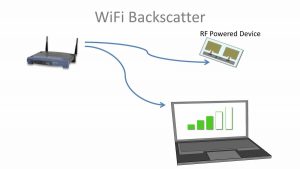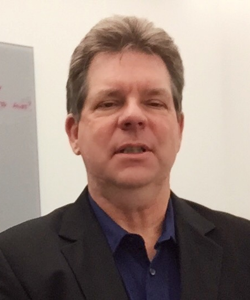A SCATTERED REFLECTION ON IOT TECHNOLOGY ADVANCEMENTS
July 23, 2018

While IoT technology acceptance has been strong in some market sectors and for some uses, there are several issues that are preventing a more widespread deployment for some potential uses.
For instance if the use of IoT in agriculture in-field deployments (for moisture and other remote sensing needs) then the problem of providing a suitable power source remains challenging. IoT device hardware power needs have plummeted over the last few years, and power management techniques have driven the need down even further. For instance, some lower power IoT devices can go into a deep-sleep mode which reduces power consumption down to a few tens of micro-amperes, though at the cost of disconnecting from the network and stopping the local sampling process.
Generally, the most power-hungry part of a deployed IoT device is the radio communications subsystem. Whether it’s using cellular frequencies, WiFi, or Bluetooth, transmitting a usable signal over reasonable distances (say, the length of a farm field) requires reasonably high consumption of power. For instance, an embeddable WiFi component, the ESP8266, raises the current consumption of the device from 15 mA to 170 mA. That represents an eleven-fold increase in power use rendering many uses, especially with battery power, impractical.
The only conceivable solutions to this problem, until now, was to either collect data offline and bring the IoT device out of the field to dump its collected data, or to have the radio powered off most of the time, bringing it up only at infrequent intervals and for a short time. The former solution removes the ability to keep the IoT device deployed for long periods of time; the latter remove the advantages of “always on the network” IoT.
Some interesting research has been taking place in two areas that might be of help in removing this impediment.
The first is the arrival of Micro Energy Harvesting techniques and the hardware to support them.
In Micro Energy Harvesting, locally available sources of “free energy” are collected and used to power an IoT device. These sources can be sporadic (such as changes in the local barometric pressure), cyclic (for example, from the use of micro-sized solar cells), or continuous (radio energy available as a byproduct of commercial broadcasts).
In all of the cases the tricky part is to collect energy from a source for which the voltage, power, or availability does not match well with the needs of the IoT device. For instance, the power available from barometric pressure changes is collected from piezo-electric devices, which generate very high voltages and very low currents, unsuitable for most IoT devices. A Micro Harvesting System includes a hardware component which collects this energy, converts it to a proper form for the IoT device, and stores it to power the device.
While clever and inexpensive to implement in most cases, this alone does not solve the need for “always on the net” IoT devices.
Which brings us to the other interesting development: the transmission of digital data over a radio channel in which the transmitting subsystem of the IoT device uses the transmissions from the central access point to send its data.
Recent research has demonstrated that if the IoT device sits within range of a WiFi access point, it can manipulate the RF field created by the transmitter in ways that are detectable by the WiFi access points receiver, and which do not require substantial amounts of energy from the IoT transmitter.
The general technique, known as “backscatter” has been tested in both WiFI and LoRa environments and has produced results in which data can be sent at low rates for distances of hundreds of meters, and with power consumption in the micro-watt range (placing it firmly in the domain of battery or Micro Energy Harvesting solutions).
Several papers are available on this topic: there is a good article on WiFI Backscatter here, and another one on LoRa Backscatter here. Both use the same principles, but in different ways.
While this technology is still in its infancy, the progress being made here gives hope that more widespread use of IoT is just around the corner.

 English | EN
English | EN 